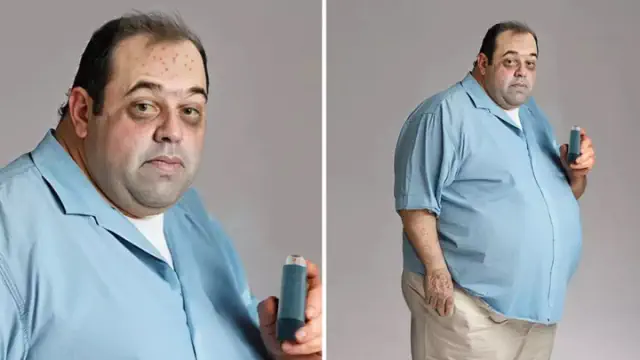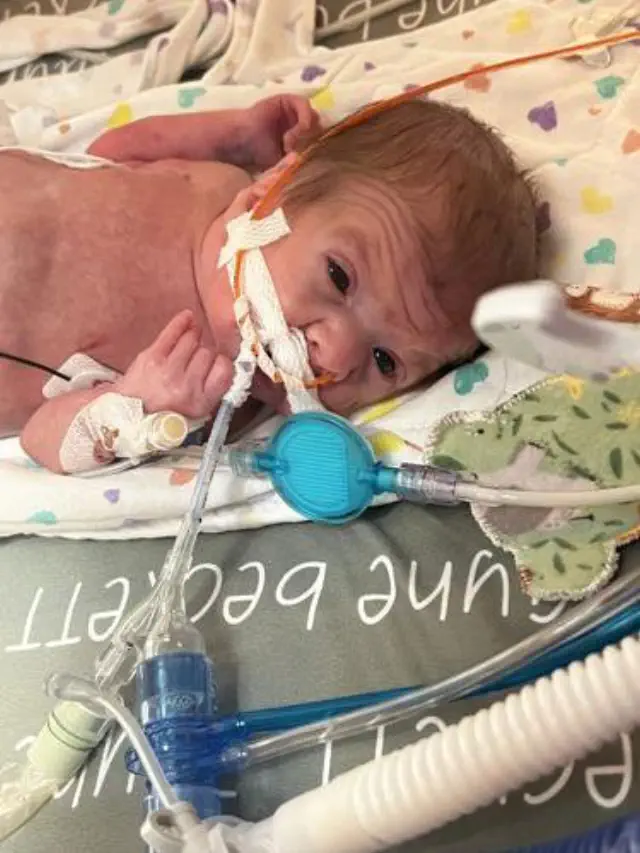
View pictures in App save up to 80% data.
Beginning in the summer of 2005 and continuing for the next 13 years, I fought against an unnamed illness. It clung to me, pulling at my limbs and settling heavily on my shoulders. This weight enveloped me, dragging me down with an immeasurable intensity.
"Your test results are positive. It's important for you to stay active," the doctors would advise.
"I find it hard to walk," I would implore. "Just standing is a challenge. Sometimes, I can hardly manage to sit up straight, let alone engage in any physical activity." Yet, my pleas fell on deaf ears or were misconstrued. I felt frail, but I struggled to express the depth of my exhaustion. Consequently, the illness that thrived relentlessly inside me stayed a hidden adversary.

View pictures in App save up to 80% data.
I told my story in every word combination possible, hoping I’d finally capture the attention of a doctor who cared. But each time, I was left in the darkness, so alone. My words were incapable of saving me. I learned that when symptoms are invisible, words may not be enough. When a neurologist finally ordered a lumbar puncture in 2017, I was diagnosed with multiple sclerosis (MS). But the diagnosis came only after 13 years of begging health care providers to listen.
Once I had an answer, navigating my health care options became easier. But it was still challenging to convert my symptoms into words in a way others could understand, and that was the hardest part of adjusting to life with a chronic disease. Even with others surrounding me — my mother, father, husband and now my children — I feel alone when no one can comprehend how I feel physically.
"I'm really struggling today. My legs feel weak and I just don't have any energy left," I would say to my husband.
“I wish you didn’t have to go through this,” he would say. Yet, he struggled to understand the depth of my exhaustion, the way my energy had been completely drained. The burden I bore was unseen. It wasn’t something he could be blamed for; my attempts to explain just didn’t capture what I felt.
In 2018, I stumbled upon a Facebook post from the National MS Society featuring a poignant series of images captured by photographer Andrezza Haddaway, who lives with multiple sclerosis. Each of the 10 photographs was paired with words that articulated the symptoms she faced: tingling, dizziness, fatigue, mood swings, optic neuritis, numbness, the MS hug (a constricting sensation around the chest), blurry vision, brain fog, and weakness. I found myself captivated as I browsed through the images. Upon reaching the last photo, I was struck by a powerful realization—I was finally seeing my own experience with MS reflected back at me. It felt as though I was gazing into a mirror that perfectly conveyed my feelings; the image of weakness resonated deeply with my inner turmoil—angry, defiant, and resilient. This encapsulated everything I had struggled to communicate to healthcare professionals over the past 13 years. For the first time since my diagnosis, this photograph made me feel acknowledged and understood in my battle with this relentless condition.










